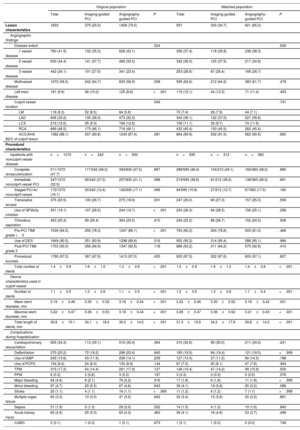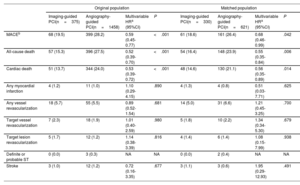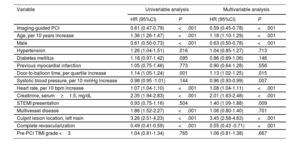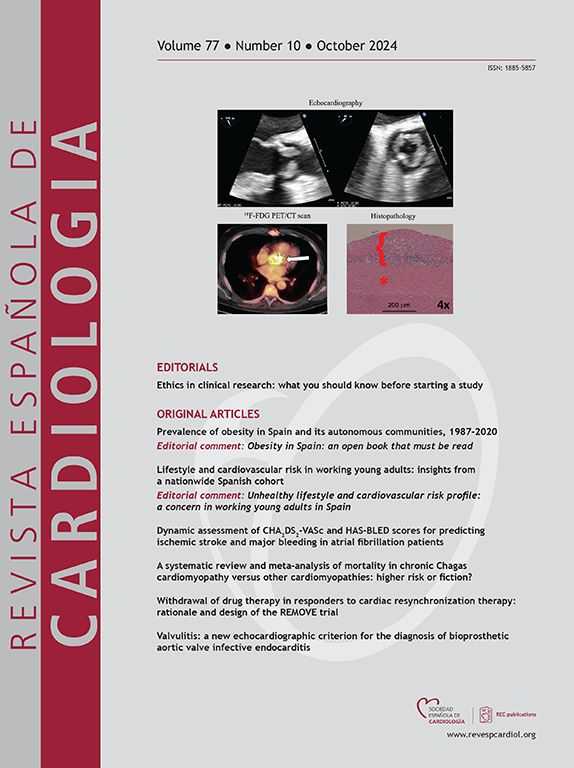
There are no clinical data on the efficacy of intravascular imaging-guided percutaneous coronary intervention (PCI) compared with angiography-guided PCI in patients with acute myocardial infarction (AMI) and cardiogenic shock. The current study sought to evaluate the impact of intravascular imaging-guided PCI in patients with AMI and cardiogenic shock.
MethodsAmong a total of 28 732 patients from the nationwide pooled registry of KAMIR-NIH (November, 2011 to December, 2015) and KAMIR-V (January, 2016 to June, 2020), we selected a total of 1833 patients (6.4%) with AMI and cardiogenic shock who underwent PCI of the culprit vessel. The primary endpoint was major adverse cardiovascular events (MACE) at 1 year, a composite of cardiac death, myocardial infarction, repeat revascularization, and definite or probable stent thrombosis.
ResultsAmong the study population, 375 patients (20.5%) underwent intravascular imaging-guided PCI and 1458 patients (79.5%) underwent angiography-guided PCI. Intravascular imaging-guided PCI was associated with a significantly lower risk of 1-year MACE than angiography-guided PCI (19.5% vs 28.2%; HR, 0.59; 95%CI, 0.45-0.77; P<.001), mainly driven by a lower risk of cardiac death (13.7% vs 24.0%; adjusted HR, 0.53; 95%CI, 0.39-0.72; P<.001). These results were consistent in propensity score matching (HR, 0.68; 95%CI, 0.46-0.99), inverse probability weighting (HR, 0.61; 95%CI, 0.45-0.83), and Bayesian analysis (Odds ratio, 0.66, 95% credible interval, 0.49-0.88).
ConclusionsIn AMI patients with cardiogenic shock, intravascular imaging-guided PCI was associated with a lower risk of MACE at 1-year than angiography-guided PCI, mainly driven by the lower risk of cardiac death.
Keywords
Abbreviations
Identify yourself
Not yet a subscriber to the journal?
Purchase access to the article
By purchasing the article, the PDF of the same can be downloaded
Price: 19,34 €
Phone for incidents
Monday to Friday from 9am to 6pm (GMT+1) except for the months of July and August, which will be from 9am to 3pm












